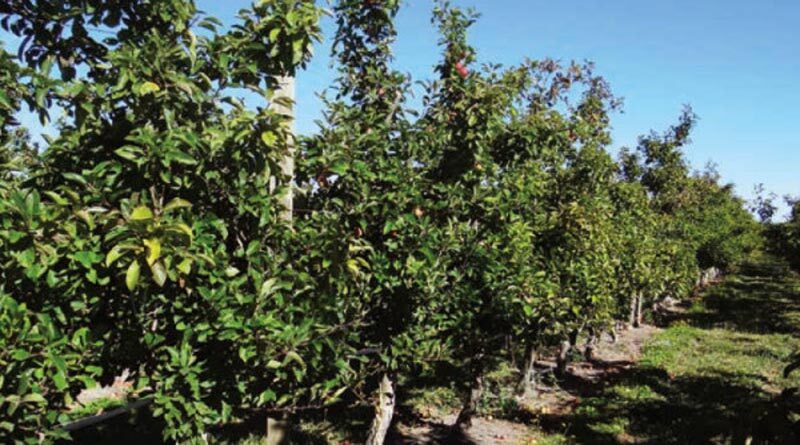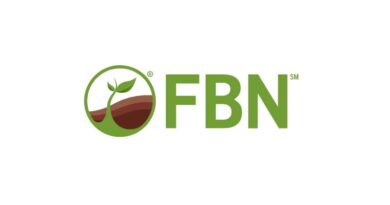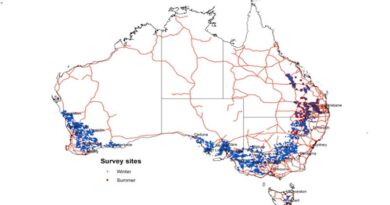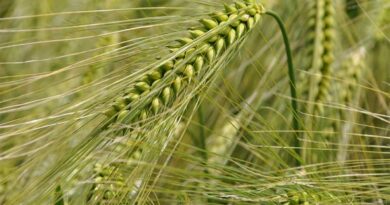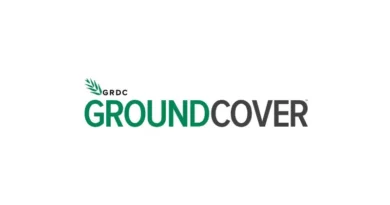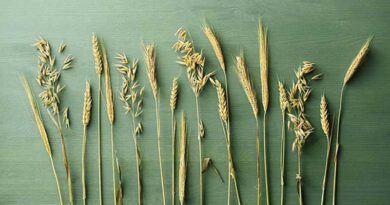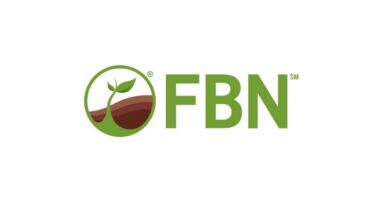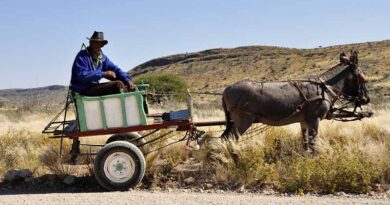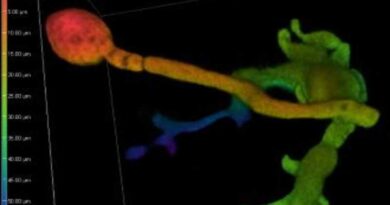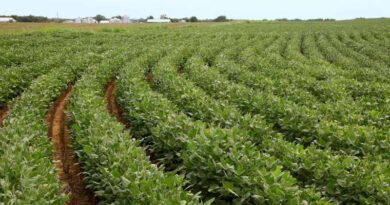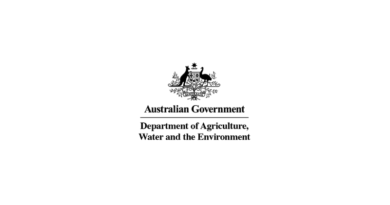Autumn management guided by harvest observations: Lessons from John Wilton
30 March 2022, NZ: Many of the late John Wilton’s articles were not focussed on the harvest task in the present. At this stage of the season, heads are down and tails are up. Harvest preparation should be complete and for the next month or so, growers will be carrying out the plan that was put in place as the season progressed. Instead, John wrote about looking forward to the next orchard management phase and how to best prepare for it using the information collected during harvest.
Understanding how the harvest plan performs is important for future success.
What do you need to change or improve and what was executed well? After the crop is off each block, firstly commend yourself for continuing to harvest through a pandemic. Then, take a moment to step back and reflect on the performance of that block throughout the season.
Look at each block as it is completed and record its harvest performance while it is fresh in your mind. In the coming months, you will then have all the information you then require to ensure post-harvest management is optimal. Take photos, take notes, and record your observations. Pay attention to details, such as harvest date, size, maturity progression, vigour levels, variability. Look at the block as a whole and then identify any differences between rows and trees which may be performing sub-optimally.
Taking a moment now will pay off in the future. It will help to create a more targeted approach to autumn orchard management, and is important for developing strategies to improve results next season.
Harvest observations for post-harvest orchard nutrition
Post-harvest management for Gala trees starts now! We want to set the trees up well for a spring growth flush, therefore management once the crop has been removed is a key part of preparation for this stage.
Throughout the season, we push the trees to their maximum potential in order to be able to harvest optimum yield. Nutrients are then removed from the orchard system via harvested fruit. These lost nutrients need to be replaced for trees to recuperate well during dormancy, ready for their spring growth.
John saw checking fruit colour, foliage colour and health at this time of year, as an important ‘harvest’ task to help gain an understanding of orchard health. It helps ensure the nutritional balance of the orchard is correct and that nutrients are available in sufficient quantities to set up the trees for the following season.
Timing of leaf fall and intensity of pre-fall autumn leaf colour can be indicative of nitrogen levels. Trees which drop leaves earlier and have high autumn colour may be growing in low nitrogen areas. Trees may drop leaves later in higher nitrogen areas, with those leaves tending to have poorer autumn colour development. Variation of fruit colour development across a block can also be a good indicator of fruit nitrogen levels. Targeted leaf samples will also be beneficial to confirm these observations, or for specific micronutrient requirements.
To grow high-coloured fruit of optimal maturity for long term storage, it is necessary to run nitrogen levels down towards the lower end of optimum before harvest. Especially for heavy ‘on’ crops, replenishing the tree reserves is vital for adequate growth, flowering and fruit set next spring.
Post-harvest foliar nitrogen applications are twice as efficient as soil applications. This is because for root nitrogen uptake, the foliage needs to be actively photosynthesising. Thus, not a lot of nutrient uptake will occur once the leaves begin to senesce and fall.
Urea foliar applications once the crop is off, but prior to leaf fall, can supply up to 50% of the nitrogen requirements. John suggested two applications of urea 14 days apart during the post-harvest period will go a long way to make sure there are adequate nitrogen reserves to kick off the next season’s growth flush and then set up a full crop. Therefore, the sooner urea and bud builder applications can be made, the better. These applications should be done well before leaf fall to minimise any adverse effects these applications could have on European Canker control.
Nitrogen use in orchards often ends up being excessive to requirements due to applications being made at inappropriate timings. Observing the above indicators and using targeted leaf tests can help to improve nitrogen application practises and are more economically and environmentally friendly.
Soil variability often occurs across orchard sites, with differences in topsoil depth and nutrient availability. This can be visualised with tree-to-tree variability within the orchard and has a major impact on the overall orchard performance. Identifying and recording this variability in colour, vigour and crop load at harvest helps to create a more targeted winter soil and fertiliser management plan. Feeding the soil to improve tree vigour in weaker growing areas will help alleviate this variability. For example, selective applications of compost can be a beneficial boost to areas with lower organic matter.
Drainage
Autumn is the time to carry out drainage system maintenance, to ensure good root health is maintained prior to waterlogging in the winter. Continual high orchard performance requires a healthy root system. Poor drainage is often the greatest limiting factor for root health.
Root growth is very important at this stage of the season, as the trees prepare for dormancy with the correct nutrient uptake. Dry roots or flooded roots are not going to be operating at their best. Good drainage allows deep root systems to develop and access underground water reserves, so be sure your system is performing well.
Crop load
John defined regular cropping trees to have “lower vigour, large numbers of potential flower sites and 30 to 40% of these sites carrying fruit.” This season, we have seen an increase in attention to crop load. Learnings from the previous few seasons of smaller fruit sizes have meant growers now have an increasing focus on moderating their crop loads to increase fruit size. However, although we are seeing a relatively full crop coming into harvest, thinning was often dragged out beyond Christmas. This means trees carried heavier crops well into January.
Overcropping can reduce the autumn root flush. During this period, trees are growing roots to store carbohydrates over the winter while they have no leaves. However, heavier cropped trees are less

